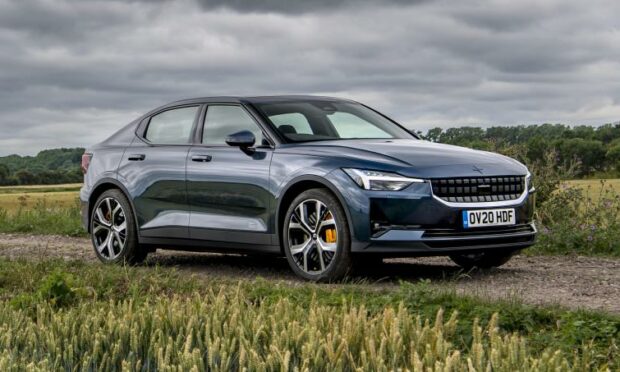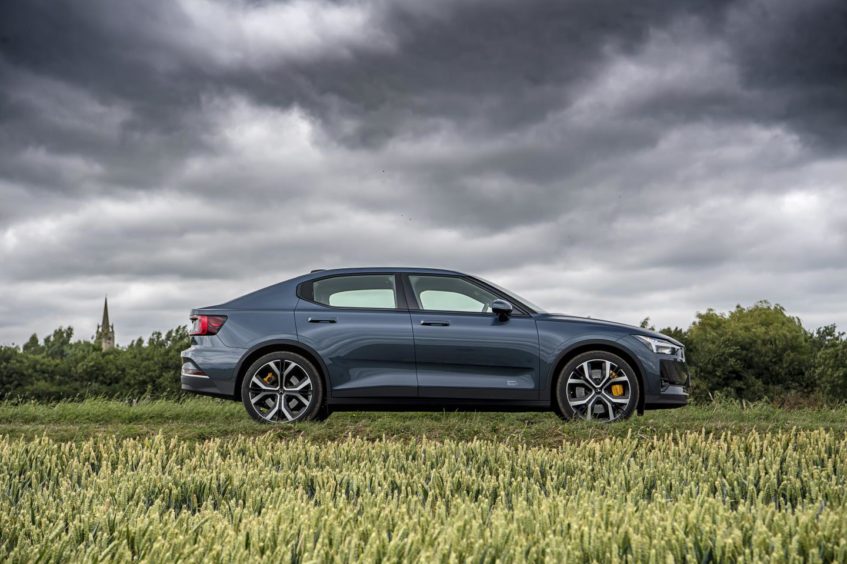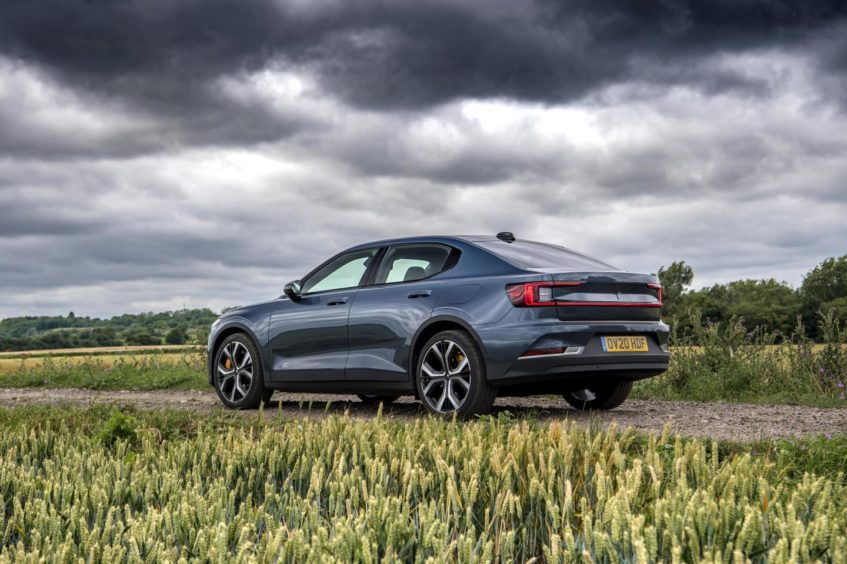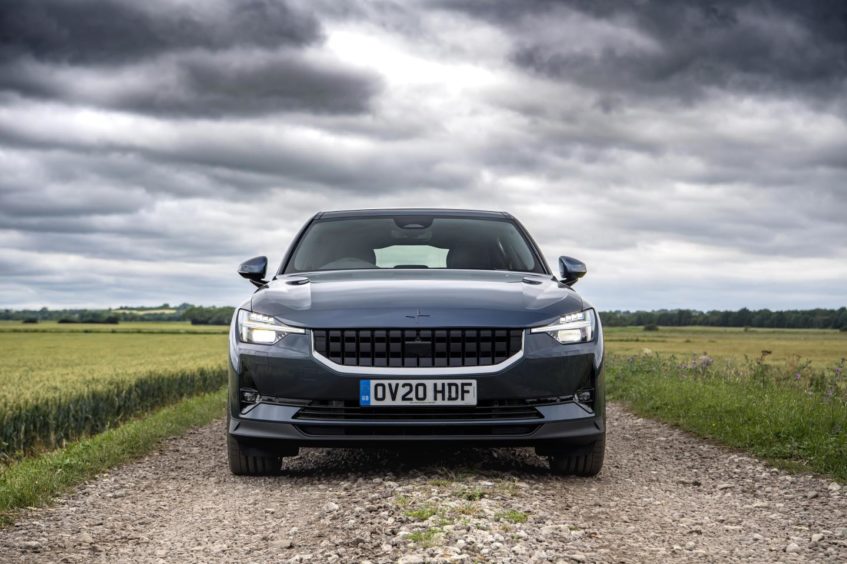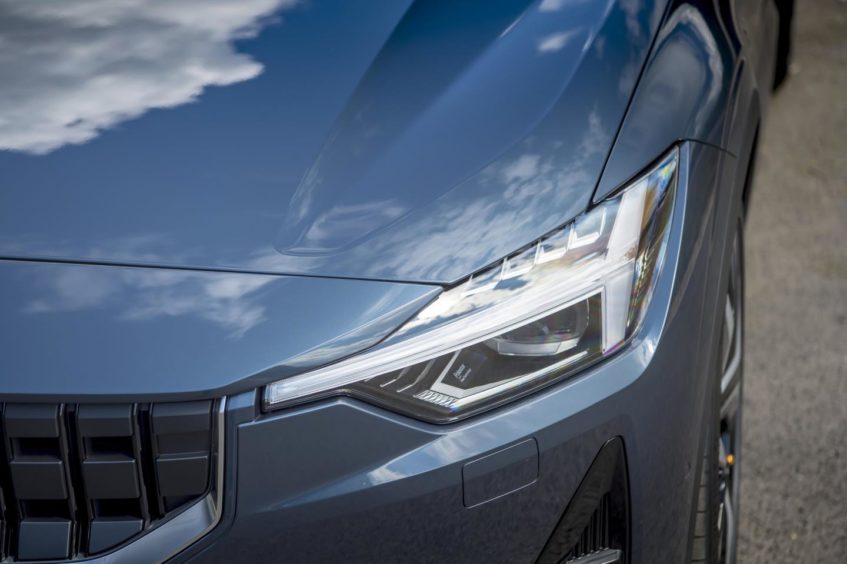You might not yet have heard of Polestar but the chances are you soon will.
The Swedish company is owned by Volvo and is set to shake up the electric car market.
A couple of years ago it launched the Polestar 1. That was its one and only car with petrol power – a hybrid plug-in muscle car that cost £140,000 and came in left hand drive only. It wasn’t built to sell more than a handful of units: its purpose was to attract attention.
The important model is this, the Polestar 2. The company’s first mainstream electric car, it’s a five-door hatchback that is the closest current rival to Tesla’s super-popular Model 3.
Prices start at an extremely reasonable £39,000. That buys you the Standard Range Single Motor version which pairs a 64kWh battery with a 221bhp electric motor. Range for that model is 273 miles.
For an extra £3,000 you can have the Long Range Single Motor model with a 78kWh battery and a 335 mile range. Then, for another £3,000 leap – bringing you to £45,500 – there’s the Long Range Dual Motor version.
This is where things really get exciting, as an extra electric motor is added. This makes the car four-wheel drive any also ups the power to a mighty 400bhp, though range drops slightly to 298 miles.
All that power will get you from 0-62mph in just 4.7 seconds. Speed is relative, however, and even the slower models will get to 62mph in 7.4 seconds. And, because electric cars deliver full power instantly, both models will feel even quicker than their official 0-62mph times suggest.
Polestar invited me to try the car out and one thing was obvious from a single glance: the Polestar steals a march on Tesla when it comes to styling. Where the Tesla Model 3 is dull and boring, the Polestar 2 is sleek, well-proportioned and breathes Scandinavian style.
The Polestar 2 sits on the same underpinnings as the Volvo XC40 SUV. While it isn’t itself an SUV, it sits higher than a normal hatchback, with excellent ground clearance and a more commanding view of the road ahead.
This does mean it’s not designed as an electric car from the ground up, which may disappoint EV purists. In practice, the only noticeable thing is the front boot under the bonnet is smaller than that of some rivals, though it still has plenty of room to store the charging cables.
I drove the Launch Edition model which came with the 400bhp dual motor, and all the all bells and whistles you could want, including an excellent panoramic glass roof.
There are various driving modes to play with. You can have light, medium or firm steering. The car can stay still or slowly creep forward once you’ve brought it to a halt and lifted your foot off the brake. And you can choose whether to have regenerative braking off, low or high. This uses engine braking to slow you down, which adds extra charge into the battery and improves range.
Cleverly, when you do this the brake lights still come on to alert cars behind that you’re slowing down.
After playing around with various modes I left the regenerative system switched on. It improves range slightly and also allows for one pedal driving – press the accelerator to go, lift off to slow down and stop. Before long it feels much more natural than using two pedals.
The cabin is dominated by a huge portrait-oriented touchscreen. Instead of developing their own user system for this, Polestar simply brought Google in. This means the car is light years ahead of its rivals when it comes to voice control. I simply said, “Hey Google, take me to Loch Lomond” and the car immediately started directing me out of Glasgow and towards the glittering shores.
Ride quality is good and refinement aided by the absence of any engine noise. On some quiet B-roads above Loch Lomond I had the chance to test the car’s performance. Its acceleration really is phenomenal, with the car surging forward the moment you ask it to. Tipping the scales at 2.2 tonnes, it can’t match a Mazda MX-5 when it comes to agile handling but it grips as well as you could need it to.
There’s room in the back for two large adults or three children and the 405 litre boot is big enough for plenty of luggage.
We can expect a Polestar 3, 4 and 5 over the next few years – one of which will be based on the stunning Polestar Precept, recently on display at the Goodwood Festival of Speed. If the excellent Polestar 2 is anything to go by we’re in for quite a treat.
The Facts
Model: Polestar 2 Launch Edition
Price: £49,900
0-62mph: 4.7 seconds
Top speed: 127mph
Range: 310 miles
CO2 emissions: 0g/km
